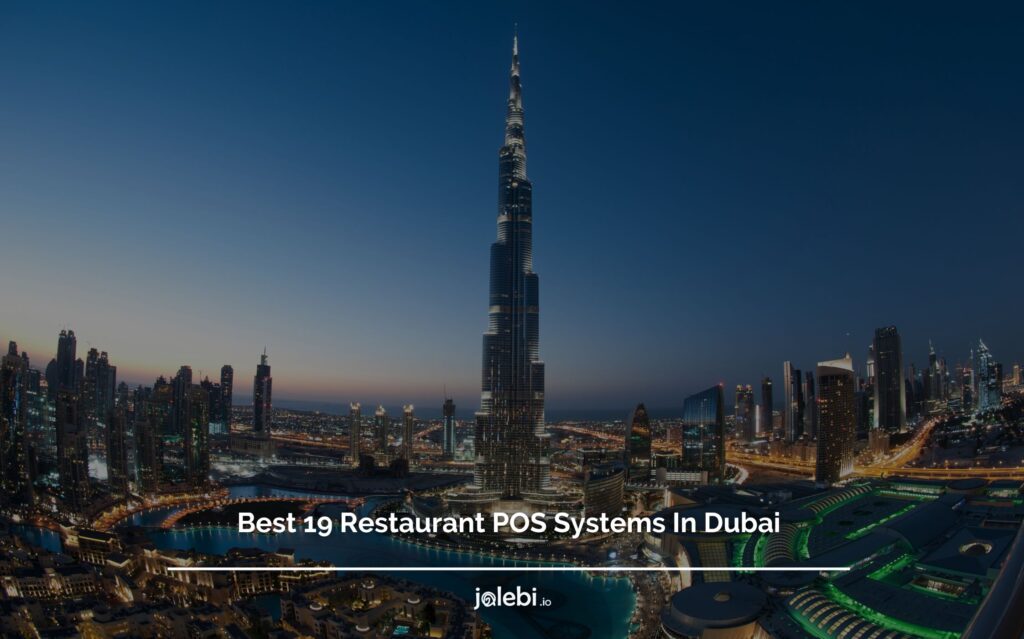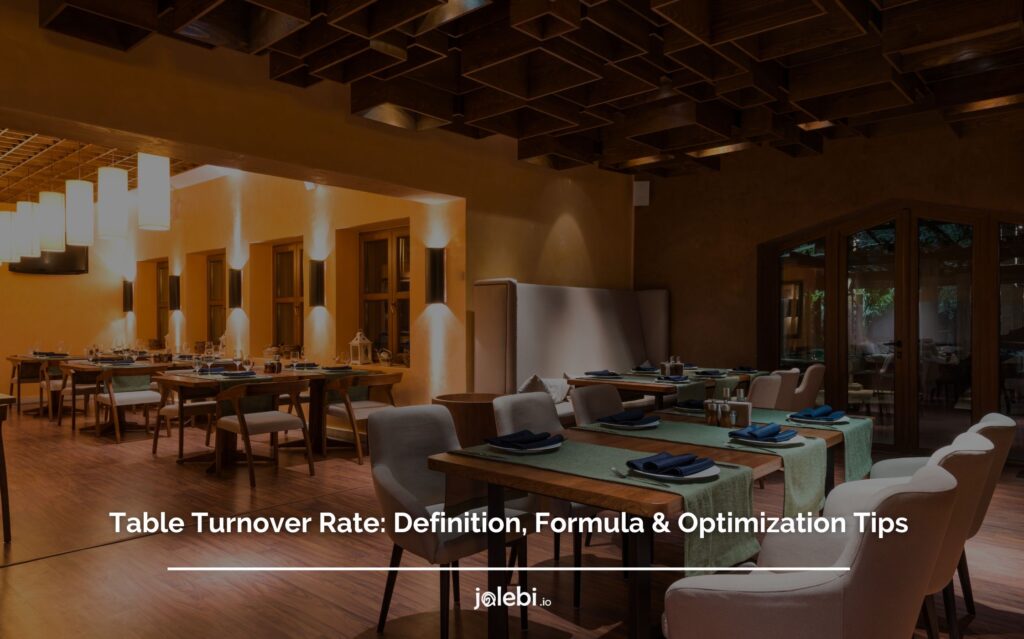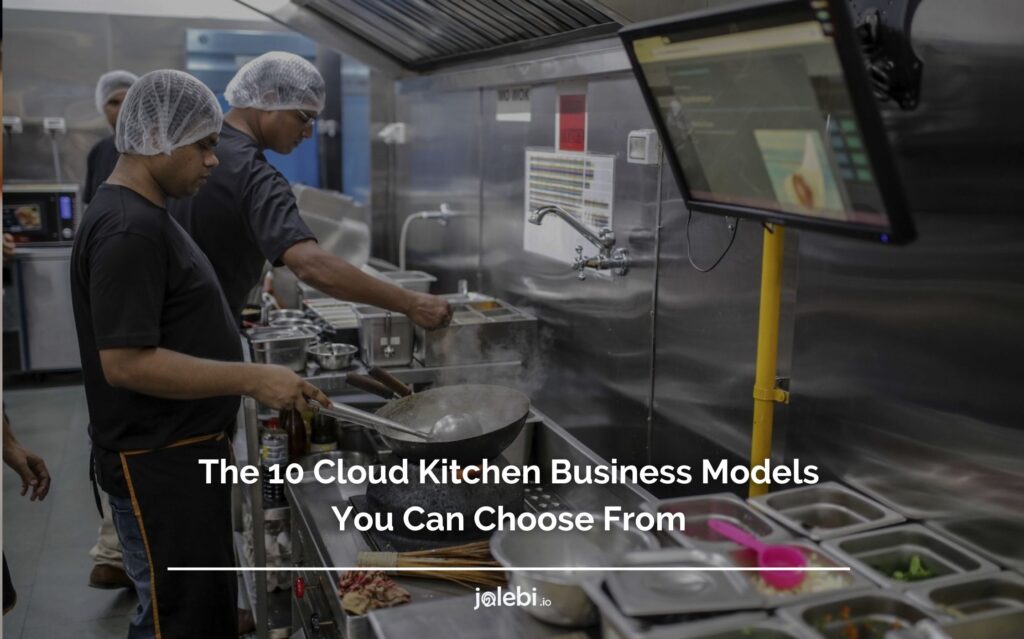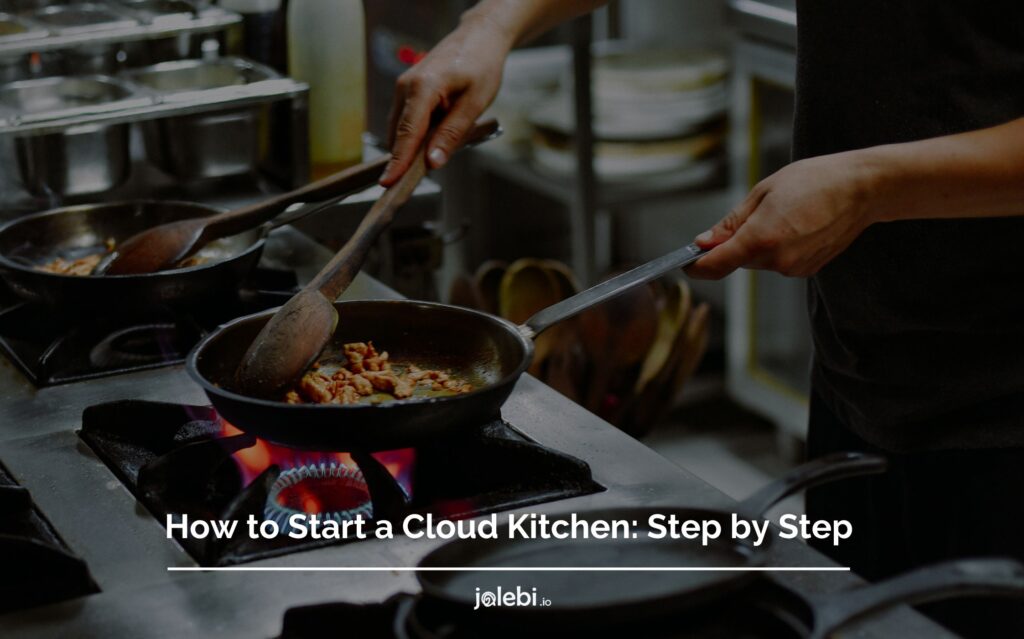Table of Contents

Have you ever wondered how successful restaurants stay on top of their game? Could this be related to restaurant reporting?
It’s no secret that running a restaurant can be challenging, but the most successful establishments rely on more than just good food and great service.
In fact, one of the key factors that set top-performing restaurants apart is their ability to collect and analyze data effectively.
Managing a restaurant is no easy feat. From keeping customers happy and satisfied to ensuring that all operations are running smoothly, there are plenty of moving parts that require constant attention.
One area that often gets overlooked is restaurant reporting. However, mastering this aspect of your business can be a game-changer.
By leveraging the insights gleaned from restaurant reporting, you can make informed decisions that drive growth and profitability.
In this blog post, we’ll explore some of the best practices for restaurant reporting that everyone should know.
Whether you’re a seasoned restaurateur or just starting, these tips and tricks will help you optimize your reporting processes and take your business to the next level.
What Is Restaurant Reporting All About?
Restaurant reporting is the process of collecting and analyzing data related to a restaurant’s operations.
This includes tracking sales figures, inventory levels, employee performance, and customer feedback.
By organizing and presenting this data in a meaningful way, restaurant owners and managers can gain insights into how their business is performing and identify areas for improvement.
Reports allow for better decision-making based on actual data, rather than relying on guesswork or assumptions.
Why Should Restaurateurs Rely On Restaurant Reports?
Running a successful restaurant is about more than just serving delicious food and providing excellent customer service.
It requires a deep understanding of the business’s performance and identifying areas for improvement.
In this section, we’ll explore why restaurateurs should rely on restaurant reports and how they can benefit from them.
- Gain Valuable Insights
Restaurant reporting allows restaurateurs to gain valuable insights into the performance of their establishment.
By analyzing data related to sales, inventory, employee performance, and customer feedback, owners and managers can identify areas for improvement and make data-driven decisions.
- Track Performance
Reports for restaurants help track and monitor the performance of a restaurant.
This helps owners and managers to identify patterns and trends over time, and make changes to improve business performance.
- Improve Employee Performance
Reports on employee performance can help restaurateurs identify areas where staff members are excelling or struggling.
This information can be used to provide targeted training and support to employees, leading to improved job satisfaction and higher productivity.
- Stay Competitive
In today’s competitive restaurant industry, data-driven decision-making is critical.
Reports help owners and managers to stay ahead of the curve by identifying trends and opportunities before the competition does.
Best Practices For Restaurant Reporting In 2023
Restaurant reporting is a crucial part of running a successful restaurant.
By tracking and analyzing metrics related to sales, inventory, labor costs, customer feedback, and employee performance, restaurateurs can gain valuable insights into their business operations and identify areas for improvement.
However, not all reporting practices are created equal.
Here are six best practices that everyone in the industry should know to maximize the benefits of reports.
1- Determine Which Metrics to Track
Before diving into restaurant reporting, it’s essential to determine which metrics are most important for your business.
For example, a fast-food chain may prioritize sales per store, while a fine-dining establishment may prioritize customer feedback.
By identifying which metrics to track, you can create reports that provide valuable insights into your operations.
2- Use Restaurant-Specific Reporting Tools
Running a restaurant involves juggling many different tasks, from managing inventory to scheduling employees and everything in between.
It can be challenging to keep track of all these moving parts and ensure that operations are running smoothly. That’s where restaurant management software comes in.
By using specialized tools designed specifically for the industry, restaurateurs can streamline many of these tasks and gain valuable insights into their business performance.
Inventory management, for example, can be a time-consuming and complex process.
With the help of software such as jalebi, restaurateurs can track inventory levels in real-time, set alerts for low stock, and even track their inventory based on consumption.
This can save time and reduce the risk of running out of essential ingredients.
3- Regularly Analyze Data
Data is the backbone of restaurant reporting, providing insights into everything from sales trends to employee performance.
However, collecting data is only half the battle – it’s equally important to analyze that data regularly to identify trends and opportunities for improvement.
By scheduling time each week or month to review restaurant reports, restaurateurs can gain a comprehensive understanding of how their business is performing, and make data-driven decisions to address any issues that arise.
Regular analysis can help identify changes in customer behavior, such as menu preferences or peak ordering times, which can then be used to improve operations and boost sales.
4- Use Visualizations
In the world of restaurant reporting, visualizing data is key to unlocking the full potential of your business insights.
While raw data can be overwhelming and difficult to interpret, visual aids like charts and graphs can present the same information in a more digestible and visually appealing format.
By using these visual aids, restaurateurs can quickly identify trends and patterns that might not be immediately apparent when looking at raw numbers alone.
This can be particularly helpful when presenting data to stakeholders or decision-makers, who may not be as familiar with the nuances of restaurant reporting as the owner or manager.
So, whether you’re presenting data to investors, tracking your restaurant’s progress over time, or simply trying to stay on top of day-to-day operations, consider using charts, graphs, and other visual aids to unlock the full potential of your restaurant activity report.
5- Make Reports Accessible
In the world of restaurant management, keeping everyone in the loop is crucial for success.
When it comes to tracking business performance and making data-driven decisions, having easy access to reports is key.
That’s why it’s important to ensure that reports are easily accessible to key stakeholders, including owners, managers, and employees.
By doing so, everyone can stay informed about business performance, and contribute to strategic decision-making.
One of the best ways to make reports more accessible is by using cloud-based reporting tools.
With cloud-based reporting tools, you can access reports from your laptop, tablet, or even your smartphone, ensuring that you’re always in the know when it comes to your business performance.
Additionally, many cloud-based reporting tools offer customizable reporting options, allowing you to create reports that are tailored to your specific needs.
In short, by using cloud-based reporting tools, you can ensure that your restaurant reporting efforts are effective, efficient, and accessible to all key stakeholders.
6- Compare Data Over Time
As a restaurateur, you know that success is not just about cooking delicious meals and serving excellent service.
It’s also about understanding your business’s performance and making informed decisions to drive growth.
One powerful way to gain insights into your business’s performance is by comparing data over time.
By looking at historical data, you can identify trends and areas where your business has improved or declined.
This information can help you make adjustments as necessary to ensure that your restaurant continues to thrive. For example, you might notice that certain menu items are consistently popular, while others are not selling as well as they used to.
Armed with this knowledge, you can make changes to your menu or adjust pricing to better meet the needs of your customers.
Manage Your Restaurant Reporting With jalebi
Imagine being able to access real-time insights and data about your restaurant’s performance with just a few clicks.
With jalebi’s restaurant operating system, you can do just that!
Our advanced system helps restaurant owners like you generate insightful reports that can revolutionize the way you run your business.
Gone are the days of sifting through mountains of paperwork to track your restaurant’s performance.
jalebi’s operating system makes it easy to track everything from inventory levels to customer feedback, so you can make data-driven decisions that drive growth and success.
Why Choose jalebi?
- With jalebi’s intuitive interface, you can easily generate detailed reports on key metrics like inventory, food costs, and employee expenses.
These reports can help you identify areas for improvement and make strategic decisions to maximize your profits.
- But that’s not all – jalebi’s operating system also allows you to track customer sales data, so you can understand their preferences and tailor your menu and marketing efforts accordingly.
In short, jalebi’s restaurant operating system is a game-changer for any restaurant owner who wants to stay ahead of the competition.
Types Of Reports
- Sales and order reports
- Financial reports
- Inventory reports
- Recipe and batch production reports
- Shift reports
With its advanced features and intuitive interface, you can easily generate insightful reports that will help you optimize your restaurant’s performance and drive success.
Contact us today and see the difference for yourself!
Final Thoughts About Restaurant Reporting
Utilizing restaurant reporting best practices can be incredibly beneficial for any restaurateur looking to optimize their business operations and drive growth.
Whether you’re tracking sales, inventory, or employee performance, there are a variety of tools and techniques available to help you get the most out of your data.
So, take the time to establish best practices for restaurant reporting, and you’ll be well on your way to achieving your business goals and keeping your customers happy.
Frequently Asked Questions
- How do you write a restaurant report?
To get started, you’ll need to identify the key metrics you want to track, such as sales, inventory levels, customer satisfaction ratings, and employee performance.
Next, you’ll need to gather data on these metrics through various sources, including point-of-sale systems, customer feedback surveys, and employee evaluations. Once you have your data, you can analyze it to identify trends, strengths, and weaknesses.
From there, you can create a comprehensive report that presents your findings in a clear, concise, and actionable format.
Your report should include visual aids, such as charts and graphs, to help readers easily understand your data. It’s also important to include recommendations for improving your restaurant’s performance based on your findings.
Overall, writing a restaurant report requires attention to detail, data analysis skills, and the ability to communicate complex information in a simple and actionable way.
- How can restaurants improve guest experience?
Firstly, personalizing the experience can go a long way in making guests feel valued and appreciated.
This can involve collecting information about guests’ dietary preferences, past orders, and any special occasions they may be celebrating.
Secondly, training staff to provide exceptional customer service can greatly enhance the overall experience.
This includes being friendly, attentive, and knowledgeable about the menu.
Thirdly, creating a pleasant and comfortable ambiance, such as through decor, lighting, and music, can help set the tone for a memorable dining experience.
- What are the common problems of a restaurant?
One of the biggest issues is managing food costs and inventory, as this can greatly impact profitability.
Staffing is another challenge, with hiring and retaining employees being an ongoing struggle for many restaurants.
Training staff to provide exceptional customer service can also be a challenge, and poor service can greatly impact guest satisfaction.
Maintaining the consistent quality of food and service is another common issue, as well as dealing with equipment malfunctions and other operational challenges.
Finally, staying ahead of industry trends and evolving consumer preferences can be a challenge for restaurants looking to stay competitive in an ever-changing market.











